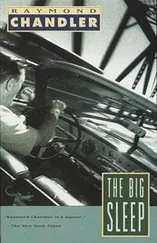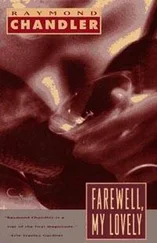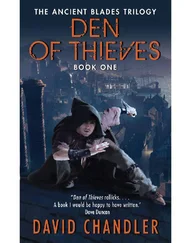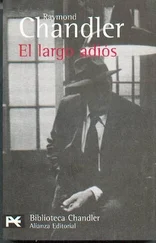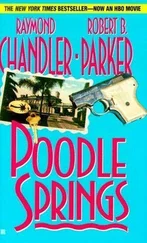One measure of how criticism has migrated to the screen can be found in the television series that Spike Lee has recently adapted from his own first commercial film, She’s Gotta Have It (1986). In the television series launched in 2017, as in the original film, Nola Darling (DeWanda Wise) is an African American artist with several lovers. Also set in Brooklyn, now gentrified, the series is more topically relevant than the film was: characters discuss the election of Donald Trump when it happens, for example. It is also far more discursive about matters of criticism. Nola discusses the influence of Chicago painter Kerry James Marshall on her work. She is a film buff and often frames situations by way of cinematic references, annoyed when a friend or a lover cannot keep up with her. In direct address to the camera, she likens her own story to that of Akira Kurosawa’s Rashomon (1950), a film narrated by multiple narrators in a way that doesn’t quite add up. Literary arts also come into play. Early in season 1, Nola and one of her lovers have a meeting of minds over a book of poetry, Claudia Rankine’s Citizen . In the three decades or more between Spike Lee’s film and his series, clearly, the relationship of criticism and the screen has changed and, as I discuss in this book’s final chapter, he is an artist who helped to change it. Indeed, already in his 1995 film Clockers , discussed at some length in Chapter 6, we find an opening sequence in which young drug dealers in the Brooklyn projects discuss the merits of various rappers, in some cases according to the criterion of whether they are “hard” enough ever to have killed someone.
I turn now to look in some detail at a particularly telling example of how the function of criticism can be internalized in a screen narrative, the pioneering 1994 independent film Clerks , directed by Kevin Smith, now something of a cult classic, but noted chiefly in its moment for having won two awards at the Cannes Film Festival after being made on an absurdly small budget of less than $27,000. Like “This Is Just to Say,” this film gives us a moment of critical reflection in a world of everyday consumption. It is not exactly Williams’ kitchen this time but a site just as ordinary—and also, as it happens, in New Jersey.
1.4 Criticism in the Convenience Store
What could be more ordinary, after all, than the location in which Clerks was shot, a convenience store in the working-class community of Leonardo, some thirty miles south of Williams’ Rutherford on the Garden State Parkway? The convenience store is located in a small strip mall, next door to a video rental store—a fleeting commercial institution of that era. Both stores are staffed by young working-class men: Dante in the convenience store and his friend Randal in the video store. At one point in this “day in the life,” Randal wanders into the convenience store and prompts a discussion with his friend about the relative merits of the second and third installments of the original Star Wars trilogy. (In 1994, only three Star Wars films had been produced.) It turns out that they agree that The Empire Strikes Back is superior to Return of the Jedi (a “blasphemy,” as they acknowledge, against a presumed critical orthodoxy). Dante directs attention to how the two films end, suggesting that Empire is superior because its seemingly tragic conclusion is true to the tragic turn of the world. Randal doesn’t disagree but has his own more detailed analysis to add, along different lines (Figure 1.3):
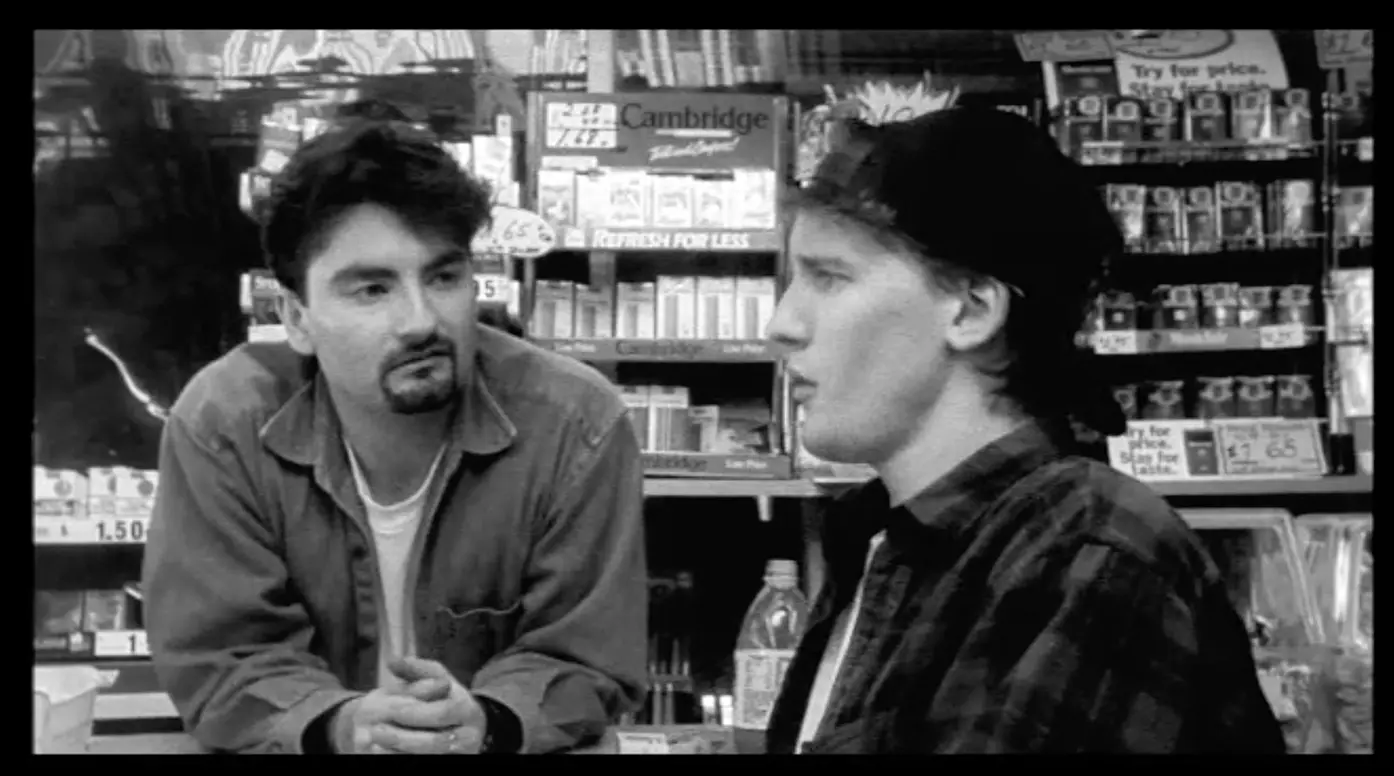
FIGURE 1.3 Dante Hicks (Brian O’Halloran) and Randal Graves (Jeff Anderson) discussing Star Wars in Clerks . Source: Clerks (1994). Directed by Kevin Smith. Produced by View Askew Productions/Miramax.
| Randal: |
There was something else going on in Jedi. I never noticed it ‘til today. |
| Dante: |
They build another Death Star, right? |
| Randal: |
Yeah. The first one was completed and fully operational before the rebels destroyed it. |
| Dante: |
Luke blew it up. Give credit where credit’s due. |
| Randal: |
The second one was still being built when they blew it up. |
| Dante: |
Compliments of Lando Calrissian [the villain played by Billy Dee Williams] |
| Randal: |
Something just never sat right with me that second time around. I could never put my finger on it, but something just wasn’t right. |
| Dante: |
And you figured it out. |
| Randal: |
The first Death Star was manned by the Imperial Army. The only people on board were Storm Troopers, dignitaries, Imperialists. |
| Dante: |
Basically. |
| Randal: |
So when they blew it up, no problem. Evil’s punished. |
| Dante: |
And the second time around? |
| Randal: |
It wasn’t even done being built yet … it was still under construction. |
| Dante: |
So? |
| Randal: |
A construction job of that magnitude would require … a lot more manpower than the Imperial Army had to offer. I’ll bet they brought independent contractors in on that thing. Plumbers, aluminum siders, roofers— |
| Dante: |
Not just Imperialists. Is that what you’re getting at? |
| Randal: |
Exactly. To get it built quickly and quietly, they’d hire anybody that could do the job. You think the average Storm Trooper knows how to install a toilet main? All they know is killing. |
| Dante: |
So they bring in independent contractors. Why are you so upset? |
| Randal: |
Those innocent contractors brought in are killed, casualties of a war they had nothing to do with. Look, you’re a roofer. Some juicy government contract comes your way. You got a wife and kids, the two-story in suburbia. This is a government contract, which means all sorts of benefits. Along come these left-wing militants who blast everything within a three-mile radius with their lasers. You didn’t ask for that; you had no personal politics. You’re just trying to scrape out a living. 41 |
This passage leads us deep into the world of Star Wars lore, where aficionados, in their rivalry with Star Trek aficionados, generated a feature-length film about this very conflict in critical preference: Fan Boys (2009). It is also, of course, a world of white male adolescence and a seemingly jejune obsession with trivia. Nonetheless, I propose that we take Randal’s analysis as a genuine example of doing criticism, not least for the way he supports a critical judgment with a highly particularized and, in its way, cogent account of his objects.
True, there may be something arch about the tone: the language of this conversation verges on a becoming a pastiche of academic commentary. It is also the case that the politics are those we might imagine for vaguely working-class (perhaps petty-bourgeois) young men in Leonardo, New Jersey, with their special sympathy for the figure of the “independent contractor,” the local family man struggling to stay solvent. This is a figure who stands opposed to the left-wing militants who indiscriminately destroy them, and perhaps against a left-wing Hollywood filmmaker who may not even be aware of their existence. The critique, like the judgment about which is the “better movie,” is not only grounded in an aesthetic instinct—“Something just never sat right with me”—but also supported by moral and political reasoning.
Читать дальше


